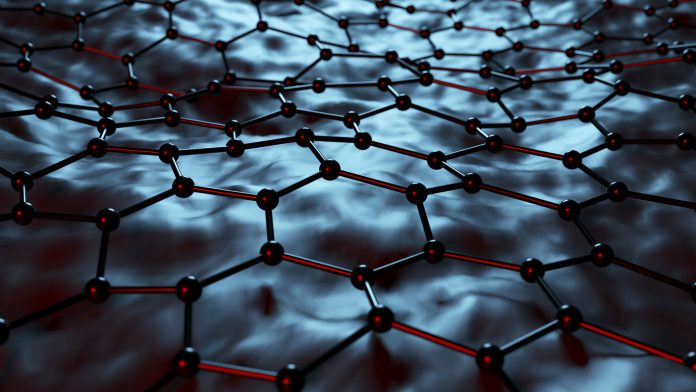Researchers from Brown University, USA, have developed a new graphene filter to remove nanoscale contaminants from liquids, such as nanomaterials and microplastics.
When sheets of two-dimensional nanomaterials like graphene are stacked on top of each other, tiny gaps form between the sheets that have a wide variety of potential uses. In research published in the journal Nature Communications, a team of Brown University researchers has found a way to orient those gaps, called nanochannels, to create a new graphene filter for filtering water and other liquids of nanoscale contaminants.
Robert Hurt, a professor in Brown’s School of Engineering and co-author of the research, said: “In the last decade, a whole field has sprung up to study these spaces that form between 2D nanomaterials. You can grow things in there, you can store things in there, and there’s this emerging field of nanofluidics where you’re using those channels to filter out some molecules while letting others go through.”
Graphene stacks are thin in the vertical direction compared to their horizontal length and width. That means that the channels between the sheets are likewise oriented horizontally. That’s not ideal for filtration, because liquid has to travel a relatively long way to get from one end of a channel to the other. It would be better if the channels were perpendicular to the orientation of the sheets. In that case, liquid would only need to traverse the relatively thin vertical height of the stack rather than the much longer length and width.
How to make vertically oriented graphene nanochannels
According to Hurt, no one had created a successful method of producing vertically oriented graphene nanochannels, until now. Muchun Liu, a former postdoctoral researcher in Hurt’s lab, has developed a novel production method which involves stacking graphene sheets on an elastic substrate, which is placed under tension to stretch it out. After the sheets are deposited, the tension on the substrate is released, which allows it to contract. When that happens, the graphene assemblage on top wrinkles into sharp peaks and valleys.
Liu, who is now a researcher at Massachusetts Institute of Technology, said: “When you start wrinkling the graphene, you’re tilting the sheets and the channels out of plane. If you wrinkle it a lot, the channels end up being aligned almost vertically.”
Once the channels are nearly vertical, the assemblage is encased in epoxy, and the tops and bottoms are then trimmed away, which opens the channels all the way through the material. The researchers have dubbed the assemblages VAGMEs (vertically aligned graphene membranes).
Proof-of-concept testing demonstrated that water vapour could pass easily through a VAGME, while hexane – a larger organic molecule – was filtered out. The researchers plan to continue developing the technology, with an eye towards potential industrial or household filtering applications.









